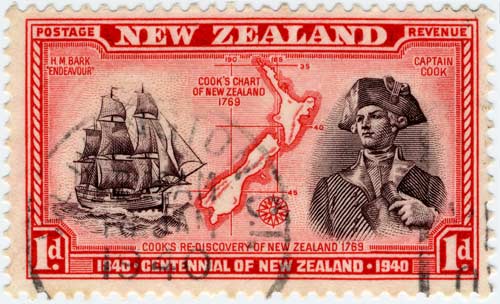Like Earth, Venus travels around the sun, but it follows a closer orbit. Sometimes, the planet’s path takes it between Earth and the sun. When this happens, we can see Venus move across the sun’s face. This is called a transit. Venus transits are rare but predictable. They occur in pairs eight years apart, separated by long gaps of either 105 years or 121 years.
In 1716, English astronomer Edmond Halley worked out a way to use the transit of Venus to calculate the distance between Earth and the sun. In the early eighteenth century, people didn’t have this information. Over a hundred scientists watched the transit of Venus in 1761, but some couldn’t take accurate measurements because of bad weather.
Luckily they were able to try again in 1769. (If they were unsuccessful, they would have had to wait another 105 years!) As well as Tahiti, the 1769 transit was watched from various places that included Canada, Norway, and Russia.
The results were combined with those from 1761, and a few years later, it was announced that Earth was around 93,727,000 miles from the sun. Today, using modern technology such as radar, we know it’s around 149,600,00 kilometres. So how accurate was the eighteenth-century calculation? Do the maths to find out.


No comments:
Post a Comment